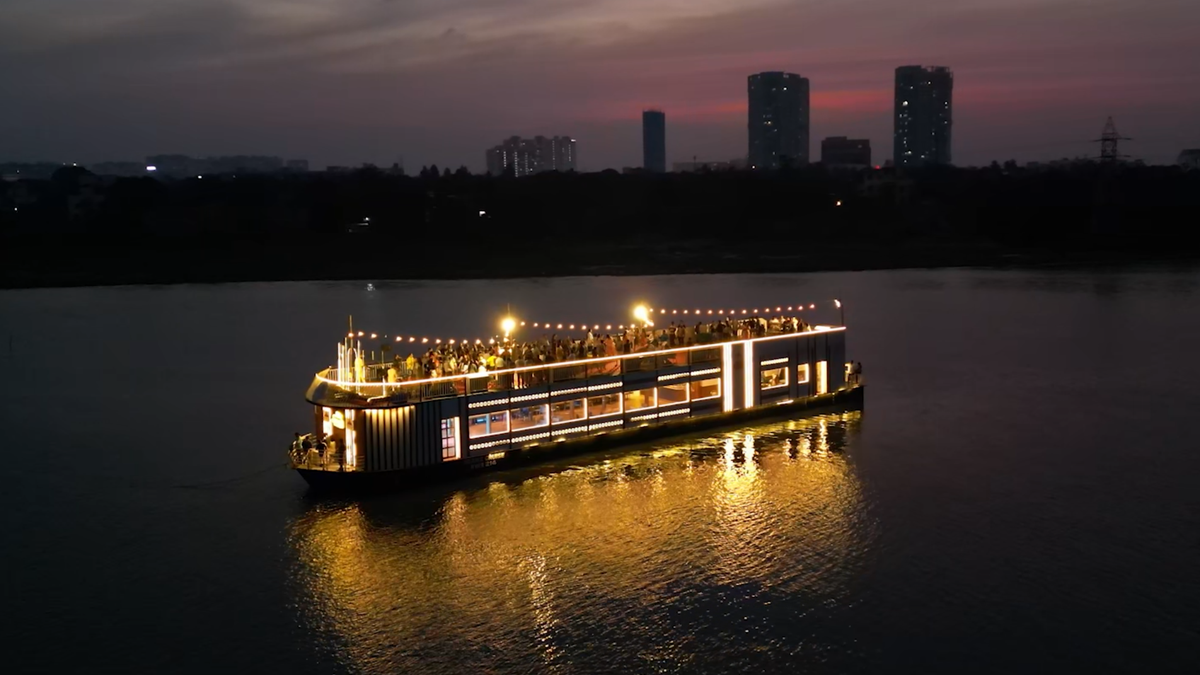A slice of the Karoo in London
19 June 2025 - 10:16
 Just R20 for the first month. Support independent journalism by subscribing to our digital news package.
Just R20 for the first month. Support independent journalism by subscribing to our digital news package.
Karoo Succulent Garden at the Royal Horticultural Society (RHS) Chelsea Flower Show.
Image: Supplied
A line of quiver trees stood as sentries on the ridge and below layers of the Karoo unfolded with succulents, slivers of shale and iconic red soil. What was most surprising, however, was that I was not in South Africa but in the heart of London.
I witnessed an extraordinary collaboration between two of my favourites: The Newt in Somerset (number one on the UK’s Top 50 Boutique Hotels list) and her Southern sister property, Babylonstoren. Taking centre stage at this year’s Royal Horticultural Society (RHS) Chelsea Flower Show was a Karoo succulent garden, showcasing extraordinary species from 16 plant families in South Africa, encompassing fynbos, Namaqualand and Eastern Cape biomes.
As a Chelsea first timer, I was spellbound while walking the avenues between displays and gardens of the world’s greatest flower show. More than 150,000 people visit annually, taking in the garden designs, floral displays and the chance to purchase plants and gardening items from the exhibitors. Gardeners brimmed with pride as monarchs, media and everyday gardeners passed by, sharing equal awe at the flora on display.
All the pretty flowers.
Image: Jared Ruttenberg
My journey began in The Newt’s hospitality suite, where Andrew Foulkes, CEO of hospitality at The Newt, spoke about nature’s gift of helping us escape and reset. “This is the power of gardening, the power of nature, and the power of what RHS delivers. That’s why we’re so proud to be partnering with them and will continue to work with them on many different projects.”
Charged by his words and the accompanying hearty Somerset breakfast buffet, it was time to head out and explore the display. The Newt estate architect Kate Lewis and Babylonstoren master botanist Ernst van Jaarsveld spent hours designing this garden, and it was no small undertaking. Packing the plants — including aloes and larger shrubs from South Africa, and Devon red soil with Cornish shale — in the trolleys for transport took four days.
Harry Baldwin, head gardener from The Newt, led me through the impressive and interactive garden designed in six parts, each representing a distinct microclimate. The Quiver Tree Forest Escarpment dropped into a shady shale cliff space, highlighting geography and specifically adapted plants. Across a “dry riverbed”, a hill adorned with fan aloes and butter bush dipped down to a quartz field plateau and display of bulbs.
Lastly, my favourite, a natural rock piano (playable resonant rocks donated by a South African farmer), was surrounded by a mound of euphorbia — the prickly plants seemingly gathered to enjoy the music. The immersive display continued with spitting cobras, regularly sending jets of water from their mouths to humorously douse the trousers of unsuspecting guests.
Having now been given a thorough introduction to South African succulents, I asked Baldwin which his favourites were. “Oh, without a doubt the quiver trees. Their interaction with nature fascinates me — and that they’re succulents is amazing. The display has helped show people what succulents can be, rather than what people think they are.”
Babylonstoren rose.
Image: Jared Ruttenberg
Adjacent to the garden, The Newt’s tent offered cider tastings, and then the tent that made my heart sing — the familiar blue logo of Babylonstoren, which provided the official rosé for the show. Sipping the 2025 rosé took me to South Africa's sunny vineyards, as hints of watermelon and strawberries delighted the palate.
Congratulations were also due to landscape designer Leon Kluger and artist Tristan Woutberg for clinching both a gold medal and the prestigious Lawrence Medal (awarded to the best floral exhibit across all the RHS shows throughout the calendar year). Their impressive display of 25,000 stems of fynbos celebrated the country’s biodiversity, specifically as shaped by the convergence of the Indian and Atlantic oceans.
The overall feast of “local is lekker” made this South African rather homesick, but equally, incredibly proud. For those who weren’t fortunate enough to see the floral magic in person, the good news is that this will not be the end of the road for the Karoo succulent garden. The display will be transplanted to its final resting space at The Newt in Somerset, open to the public in a few months, where a slice of pristine Karoo wilderness will stand proudly in the UK’s veritable garden of Eden.
thenewtinsomerset.com | babylonstoren.com
 Just R20 for the first month. Support independent journalism by subscribing to our digital news package.
Just R20 for the first month. Support independent journalism by subscribing to our digital news package.













